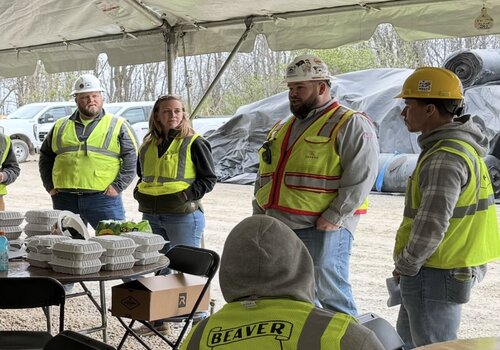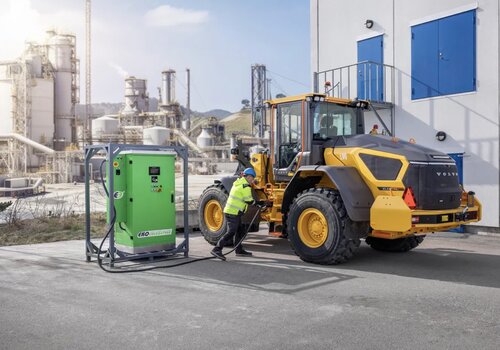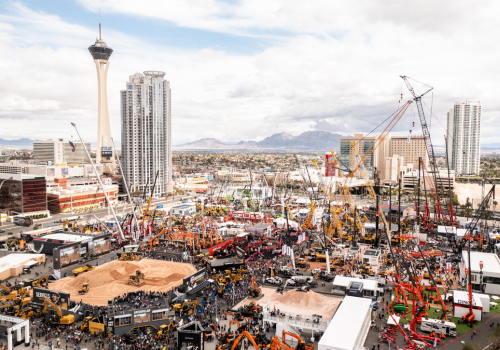As temperatures soar during the summer months, construction workers face the increased risk of heat-related illnesses. These illnesses range from mild heat cramps to severe heatstroke, which can be fatal. Ensuring the safety and well-being of construction workers in hot weather is a crucial responsibility for employers. This article outlines essential strategies and best practices to keep construction workers safe in hot weather.
UNDERSTANDING HEAT-RELATED ILLNESSES
Before diving into prevention strategies, it's important to understand the different types of heat-related illnesses:
- Heat Cramps: Painful muscle spasms that result from the loss of large amounts of salt and water through sweat.
- Heat Exhaustion: Symptoms include heavy sweating, weakness, dizziness, nausea and headache. This happens when the body loses too much water and salt, so replenishing electrolytes in addition to water is crucial.
- Heatstroke: The most severe form of heat illness, characterized by a body temperature above 104°F (40°C). Symptoms include confusion, slurred speech, seizures and unconsciousness. Heatstroke requires immediate medical attention.
HYDRATION IS KEY
Proper hydration is the cornerstone of preventing heat-related illnesses. Here are some guidelines to ensure workers stay hydrated:
- Provide Ample Water: Ensure that cool, potable water is readily available on-site. Workers should drink small amounts frequently rather than large amounts infrequently.
- Encourage Regular Breaks: Schedule frequent water breaks in shaded or air-conditioned areas. Drink water every 15-20 minutes, even if you don’t feel thirsty.
- Educate Workers: Teach workers about the importance of hydration and recognizing early signs of dehydration.
IMPLEMENTING REST BREAKS
Rest breaks are essential to allow workers' bodies to cool down and recover from the heat. Here’s how to effectively implement them:
- Create a Schedule: Develop a work/rest schedule based on the heat index and the physical demands of the job. For example, during extreme heat, for every 45 minutes of work, a 15-minute rest period should be allocated.
- Provide Shaded Areas: Set up shaded rest areas close to the work site to minimize the time workers spend exposed to direct sunlight.
- Use Air-Conditioned Areas: If possible, provide air-conditioned spaces for breaks. Cooling down in an air-conditioned area can significantly reduce the risk of heat-related illnesses.
APPROPRIATE CLOTHING AND PPE
What workers wear can make a significant difference in how they handle the heat. Here are some recommendations:
- Lightweight and Light-Colored Clothing: Encourage workers to wear loose-fitting, lightweight and light-colored clothing. These types of clothing help reflect the sun's rays and allow for better air circulation.
- Moisture-Wicking Fabrics: Consider providing moisture-wicking clothing, which helps keep sweat off the skin and promotes cooling.
- Cooling Vests: Equip workers with cooling vests or other personal cooling equipment if feasible.
- Proper PPE: Ensure that personal protective equipment (PPE) is designed for hot weather. For example, hard hats with built-in sunshades and cooling pads can be beneficial.
TRAINING AND AWARENESS
Educating workers about the dangers of heat and how to prevent heat-related illnesses is crucial:
- Heat Safety Training: Conduct regular training sessions on heat safety. Topics should include recognizing symptoms of heat-related illnesses, proper hydration techniques and first aid for heat-related conditions.
- Buddy System: Implement a buddy system where workers look out for one another. This ensures that someone is always monitoring for signs of heat stress.
- Emergency Procedures: Ensure all workers know the procedures for responding to heat-related emergencies, including whom to contact and where to find first aid supplies.
MONITORING AND COMMUNICATION
Ongoing monitoring and open communication are essential components of a heat safety program:
- Heat Index Monitoring: Use tools to monitor the heat index and adjust work practices accordingly. The heat index considers both temperature and humidity to provide a more accurate measure of heat stress risk.
- Clear Communication Channels: Establish clear communication channels for reporting heat stress symptoms and any other health concerns.
Protecting construction workers from the dangers of hot weather requires a comprehensive approach that includes proper hydration, rest breaks, suitable clothing, training and monitoring. By implementing these strategies, employers can create a safer working environment and significantly reduce the risk of heat-related illnesses. Prioritizing worker health not only ensures compliance with safety regulations but also promotes productivity and job satisfaction among the workforce.
Photo credit: NDOELJINDOEL/BIGSTOCKPHOTO.COM












